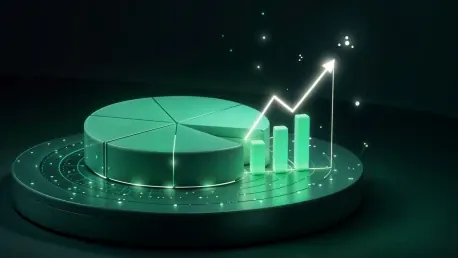
Recent developments surrounding President Donald Trump's decision to implement a 90-day pause on tariffs have generated a surge of activity in the financial markets. This analysis aims to dissect the immediate market reactions, decipher ongoing trends, and project future implications for investors.

The International Air Transport Association (IATA) has released its February 2025 global air passenger demand data, revealing critical trends in the aviation market. While global performance indicators show moderate growth and some regional contractions, Colombia stands out with impressive air

The retirement prospects of Generation X, those aged 44 to 59, have become a pressing issue as numerous members of this cohort express concerns about their financial preparations for retirement. According to a recent survey by Fidelity Investments, 45% of Gen Xers feel uncertain about their ability

As of March 23, 2025, mortgage rates are around the mid-6% range. Zillow reports an average 30-year fixed mortgage rate of 6.40%, slightly down from February. Forecasts suggest a small decrease of 10 to 20 basis points this year, but a significant drop seems unlikely. Rising home prices and limited

The release of the US Leading Economic Index (LEI) by The Conference Board has sparked considerable discussion regarding the economic landscape of the United States. February's report highlighted a slight decline in the LEI by 0.3%, settling at 101.1, which was instrumental in identifying upcoming

Mortgage rates have experienced minor fluctuations recently, but what lies ahead? In this article, the current state of mortgage and refinance rates is examined, exploring how the Federal Reserve's actions are influencing these rates. Whether one is a potential homebuyer or looking to refinance,